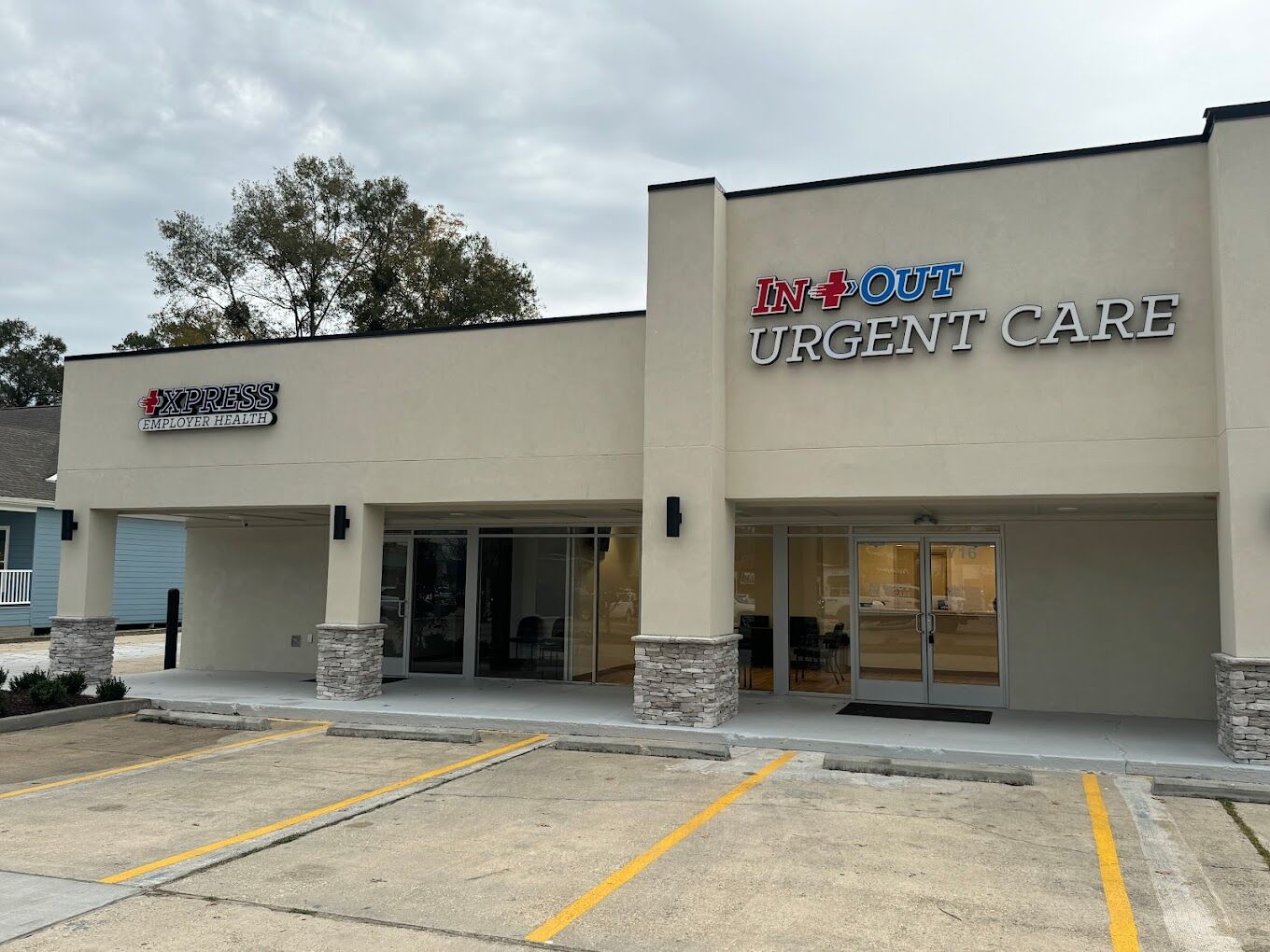Contrasting Urgent Care Clinics: What Sets Our Clinic Apart
Contrasting Urgent Care Clinics: What Sets Our Clinic Apart
Blog Article
Recognizing the Role of Urgent Treatment in Giving Timely Therapy for Non-Life-Threatening Conditions
Immediate care facilities have become a vital part of the healthcare landscape, resolving the prompt requirements of people with non-life-threatening conditions. By using prompt and obtainable medical services, these facilities effectively link the gap between medical care and emergency departments. The implications of their duty extend beyond simple comfort, prompting a better assessment of when and how these centers are made use of. Comprehending the subtleties of urgent treatment can considerably affect individual results and the overall efficiency of healthcare delivery. What variables contribute to their expanding importance in contemporary medicine?
What Is Urgent Care?
Urgent care describes a category of medical services designed to resolve non-life-threatening conditions that need prompt attention. These centers act as an intermediary in between key care medical professionals and emergency spaces, providing a practical choice for patients who need prompt treatment without the extensive waiting times commonly related to emergency situation divisions.
Immediate care centers are commonly staffed by medical experts, including medical professionals, registered nurse experts, and medical professional assistants, who are educated to identify and deal with a wide range of conditions. Usual services supplied by these facilities include treatment for minor injuries, health problems, and infections, in addition to diagnostic examinations such as X-rays and lab job.
Furthermore, urgent treatment centers typically approve walk-in people, getting rid of the need for consultations. On the whole, urgent treatment plays a crucial function in the healthcare system, guaranteeing clients can access crucial medical services immediately and efficiently.

Numerous individuals may locate themselves unpredictable regarding when to look for care at an immediate care facility rather than a health care physician or an emergency space. Urgent treatment is created to deal with non-life-threatening problems that require timely interest however are not severe sufficient to necessitate an emergency situation room check out.
Usually, one should take into consideration immediate treatment for issues such as small cracks, strains, cuts needing stitches, or infections like urinary tract infections. In addition, chilly or flu signs, rashes, and allergies can also be properly managed in this setting.
It is important to keep in mind that immediate treatment is not appropriate for deadly emergency situations, such as breast pain, trouble breathing, or serious blood loss, which necessitate prompt emergency situation room treatment.
People that lack access to a main treatment physician or can not secure a prompt appointment might additionally benefit from urgent care services. Ultimately, recognizing when to make use of immediate treatment can lead to a lot more effective health care shipment, permitting patients to obtain the ideal level of care based on their specific wellness needs.
Benefits of Urgent Care Centers
Selecting immediate care facilities for non-life-threatening problems provides several benefits that improve individual experience and ease of access. One key benefit is the decreased wait times compared to conventional emergency clinic. Urgent care facilities normally operate a first-come, first-served basis, permitting clients to get timely medical redirected here interest without the long hold-ups typically connected with medical facility setups.
Furthermore, immediate treatment centers offer prolonged click hours, consisting of weekends and evenings, fitting clients with varying schedules. This adaptability makes certain that people can look for care when it is most practical for them, additionally advertising timely intervention.

Moreover, these centers typically supply a thorough series of services, consisting of analysis tests and minor procedures, all under one roof. This loan consolidation of services not only improves the person experience however likewise cultivates a much more cohesive strategy to handling non-life-threatening wellness concerns, eventually profiting overall patient end results.
Usual Conditions Treated
At urgent care facilities, a selection of non-life-threatening conditions can be efficiently treated, providing people with available and timely medical support. These facilities are especially proficient at dealing with problems that call for prompt attention yet do not present an instant threat to life or arm or leg.
Typical problems dealt with at immediate care centers consist of minor injuries such as sprains, fractures, and strains. Urgent care facilities are geared up to execute necessary analysis tests, such as X-rays and laboratory tests, allowing them to give extensive care.
Additionally, urgent care companies can administer inoculations, aiding to protect against the spread of transmittable illness - Urgent Care. They likewise offer solutions for small treatments, such as suturing injuries or draining pipes abscesses. By supplying these varied solutions, immediate care facilities play a crucial role in linking the space between medical care and emergency solutions, making sure clients get prompt therapy for a large range of conditions without the need for lengthy delay times usually connected with emergency situation spaces
Just How Urgent Care Supports Healthcare System
Urgent care facilities play a critical function in supporting the overall health informative post care system by minimizing the worry on emergency situation divisions and supplying prompt accessibility to treatment for non-life-threatening conditions. By handling instances such as small injuries, infections, and illnesses, immediate care centers enable emergency divisions to concentrate on even more essential individuals needing prompt interest.
Additionally, urgent care centers boost medical care accessibility, offering extensive hours and an easier option to standard health care setups. This availability is particularly advantageous for individuals who may not have a routine medical professional or who need immediate treatment outside of normal workplace hours. As a result, immediate treatment facilities effectively decrease boost and wait times client fulfillment.
In addition, immediate treatment centers add to cost savings for both people and the health care system by providing lower-cost solutions compared to emergency situation departments. This economic performance is crucial in an age of increasing health care prices, enabling patients to receive essential care without incurring excessively high costs.
Final Thought
To conclude, immediate care centers play an important role in the health care system by supplying punctual treatment for non-life-threatening conditions. By linking the void between main care and emergency clinic, these centers make sure that individuals obtain timely medical attention without the extensive wait times typically connected with emergency situation divisions. The availability and effectiveness of urgent care centers add dramatically to reducing the overall worry on healthcare resources, boosting client outcomes, and advertising an extra efficient healthcare shipment system.
Immediate treatment facilities have actually arised as a crucial component of the health care landscape, resolving the instant demands of clients with non-life-threatening conditions. Urgent treatment brows through typically incur lower out-of-pocket expenses compared to emergency department check outs, making treatment extra affordable for people without endangering high quality. Immediate care centers are equipped to carry out necessary analysis tests, such as X-rays and laboratory examinations, allowing them to give detailed care.
By offering these diverse services, urgent care facilities play an essential role in linking the gap in between key care and emergency situation services, making certain clients obtain timely therapy for a broad variety of conditions without the requirement for lengthy delay times commonly associated with emergency rooms.
In addition, immediate care centers boost health care availability, offering extensive hours and an extra practical alternative to typical key treatment setups.
Report this page